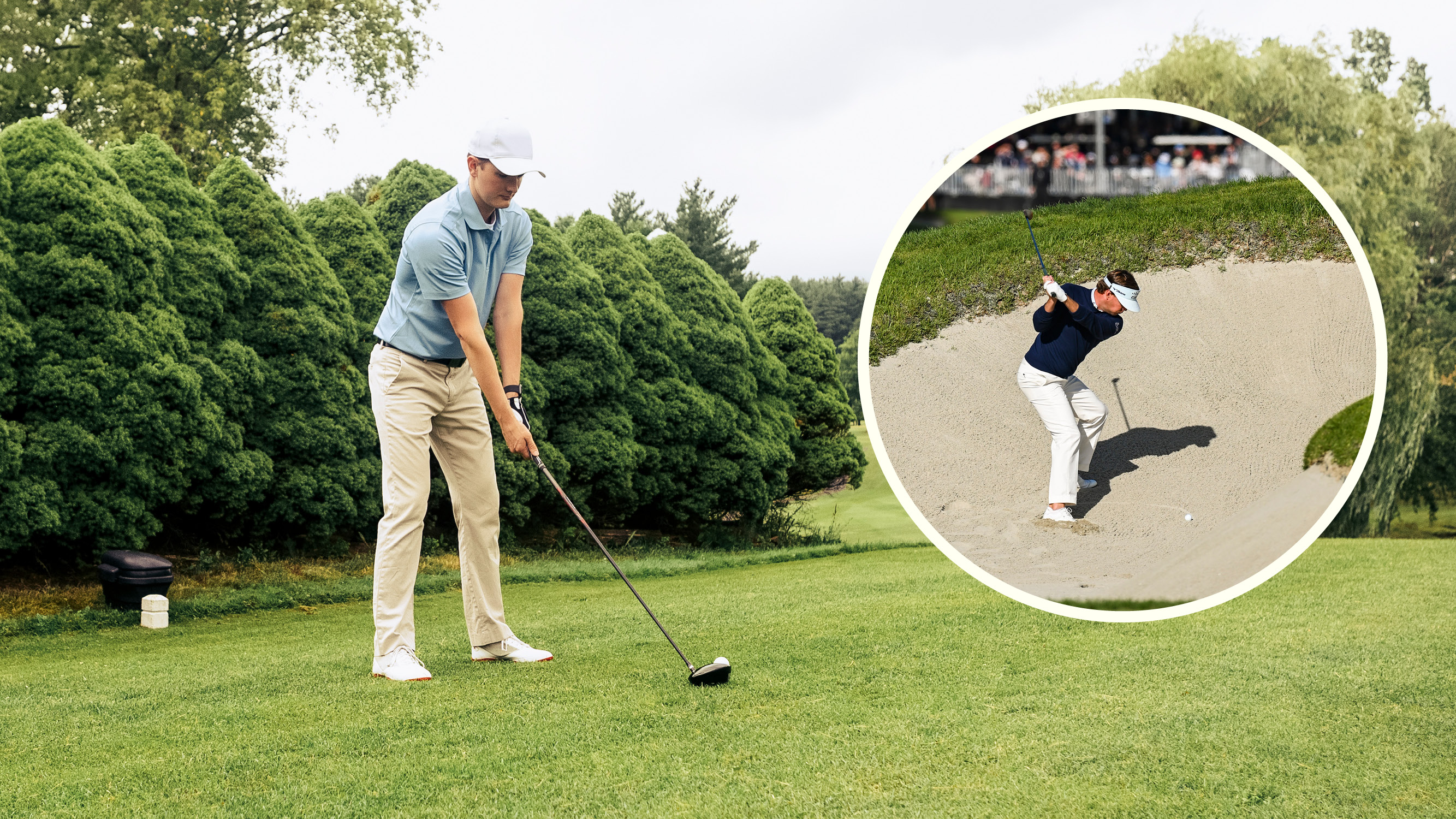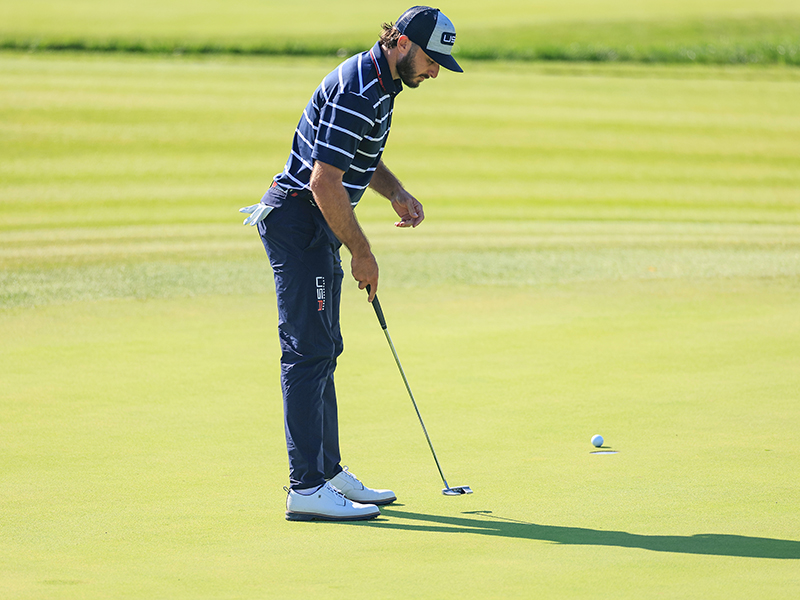
In the past, even if I was on course to shoot my best score ever, I always managed to put myself in a position where a big score was inevitable.
When faced with some of the hardest shots in golf, I came up short time and time again, but with the help of some expert tips (and a few lessons), I am now starting to trust my ability to navigate the various challenges presented in a typical round of golf.
In this article, Golf Monthly Top 50 Coach Clive Tucker shares his advice on how to play the five toughest shots in golf...
1. Opening Tee Shot
The first tee shot is difficult if you haven’t prepared properly – that’s the magic word. You need to prepare in terms of practice and working out what the shot demands.
You also need to be realistic – if you’re a fader and the first is a dogleg left with wind off the left, you need a strategy that allows for that rather than trying to force an unnatural draw.

If you’re pleased with how you’ve warmed up and know what the ball is going to do, you can build that into your strategy and feel quite comfortable. In this instance, that might include teeing off from as far right as you can go, so you can start it further left. If you feel comfortable with what you’re doing, you’re more likely to make it happen.
2. Less Than A Full Swing
Any change to your normal trajectory is difficult, because we’ve all developed a general pattern of movement, length of swing and length of turn to flight the ball adequately.
At set-up, move your body a little further left and have the ball an inch further back with your weight slightly more on your left side. To flight it lower, you must reduce your backswing length, so the arms go back no further than parallel to the ground.
This gives the wrists time to set the club and generate sufficient energy, but without so much momentum that you can’t then put the brakes on after impact. From this shorter backswing, rotate through and extend fully with a compact follow-through.
3. Fairway Bunker Shot
The margin for error is so small that any sand-before-ball contact at all will ruin things. You need to kind of pick the ball off the top, and to do so, you should have the ball middle to slightly back in your stance and swing a little bit shallower from an inside path.
However, this set-up/swing path combination will result in a push, so to compensate, align yourself slightly left of target by around five degrees, while still swinging towards the target.

These adjustments mean the ball will draw slightly whether well-flighted via good contact or a little lower if slightly clean. Slightly clean is way better than catching it even a fraction heavy!
4. Bare Lie In Greenside Trap
You have to do something very different when there’s virtually no sand beneath the ball, especially if there’s quite a lip to get it over. For a standard splash shot you should add loft, which increases bounce and helps the club come out of the soft sand.
But if you do that here, the leading edge will sit halfway up the ball and you’ll simply thin everything – bounce is not your friend in this instance!
For a standard splash shot you would aim pretty straight with quite a wide stance, lots of balance on your left side, low hands and an open face to add loft. For the bare lie, stand a little closer to the ball, bring it a fraction back in the stance and don’t open the face. This will make the takeaway steeper, with the club then going straight back and straight through.
It will feel less lofted than normal, but as you turn through, you’re actually going to try and add loft by pointing the face to the sky rather than letting it close beyond the ball. This method will give you the angle needed to strike the ball and the face angle to dig a little, but with enough loft to get it over the lip. Don’t panic – even though the club won’t have its full loft at impact, 58 ̊ is a lot of loft to start with!
5. The Straight Three-Footer
The problem here is that it looks straightforward so you think you should hole it, but even at tour level they’re not great fans of short straight putts – they’d rather see it go slightly one way or the other.
At amateur level, your mate says, “Go on, knock that in – piece of cake,” and it isn’t really. This will sound a bit odd, but if you’re going to miss, miss happy!

Assuming there are no technical issues in your stroke and set-up holding you back, if you make a concerted, committed effort to a process and it doesn’t go in, you’ve just got to accept it and move on.
That’s easier said than done if you’ve done the hard part by knocking it to three feet from miles away, but if you commit to it and miss with a good process, you cannot do more than that, so don’t beat yourself up.
Want To Read More Expert Golf Tips?
The Golf Monthly archive is a gold mine of brilliant reads, documenting a journey through the history of golf dating back to our first issue in 1911. Take advantage of over 100 years of invaluable tips from the best tour professionals and coaches in world golf, by subscribing to the online Golf Monthly Archive.







